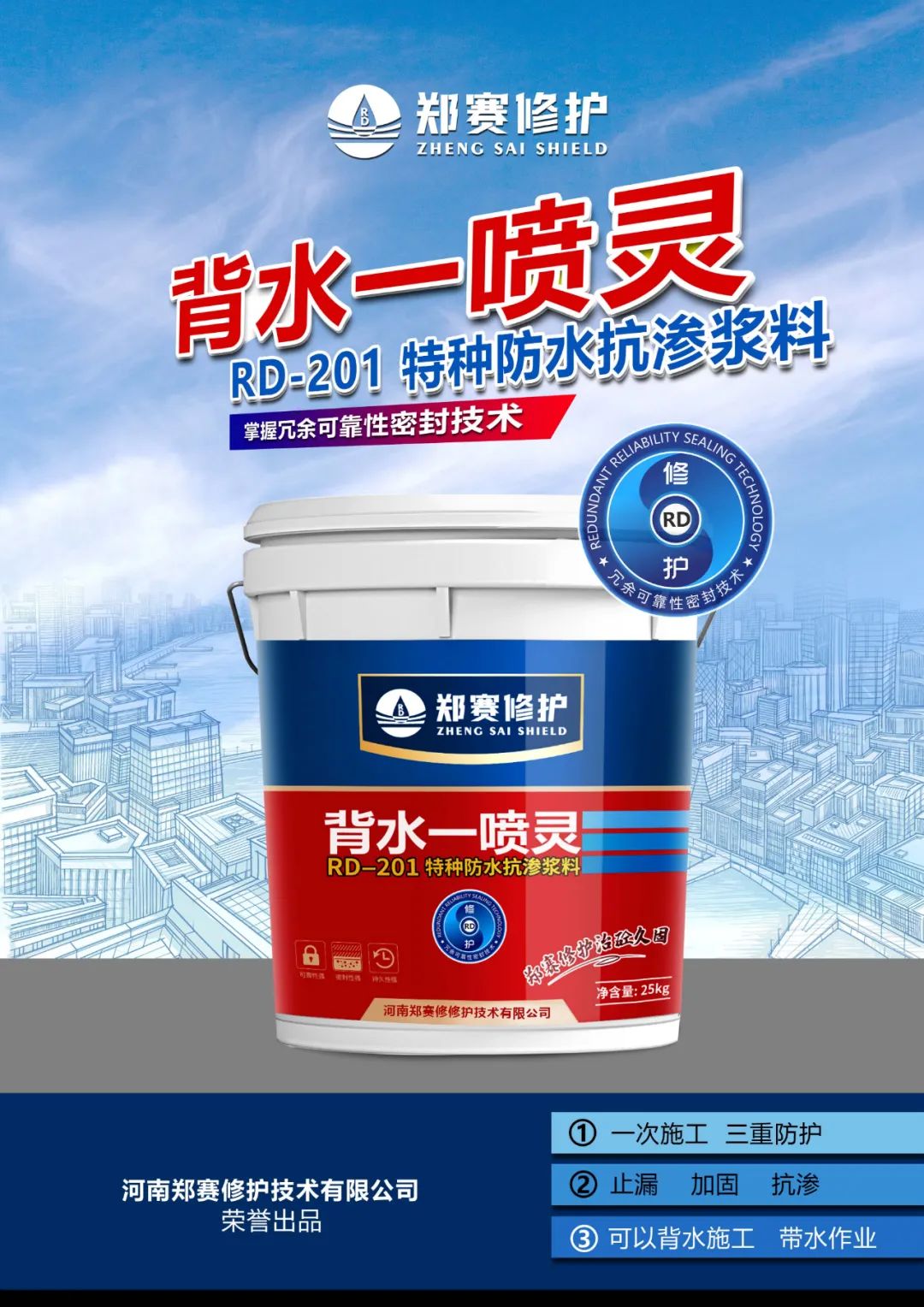The world is facing a crisis of sand shortage
. 
Caijing reported on March 6 that the world is facing a crisis of sand shortage
. 
Over the past 20 years, sand use has tripled globally, partly because of rapid urbanization
.
The United Nations estimates that the amount of sand used worldwide is 10 times that of cement
.
In other words, in construction alone, the world consumes about 40 billion to 50 billion tons of sand every year
.
The amount of sand consumed far exceeds the natural growth rate of sand
.
According to the report, although the United Nations will put the sand shortage crisis on the agenda in 2019, there is still a lack of detailed plans for sustainable exploitation and use of sand, and the future industrialization, population growth and urbanization are likely to promote the explosive growth of sand demand
.
Waste utilization technology Zhengzhou sanuo building materials Co., Ltd
.
predicted 15 years ago that the conventional natural resources could not meet the development of people’s desire, and the natural resources would be exhausted gradually
.
A new way must be found to re-examine the resources that were once recognized as “waste”
.
In view of the huge inventory of tailings powder, the tailings powder balling technology is developed
.
The 200-400 mesh tailings powder is polymerized with high strength and high elastic modulus aggregate to replace the natural stones in concrete
.
The concrete strength reaches c40-c60 and impermeability reaches P30, which can meet many working conditions and reduce the dependence of Engineering on natural sand
.
In the desert, sand and soil are made into waterproof wall with the strength of 10-30mpa by sand and soil diagenesis technology, so as to reduce the consumption of natural stones and sand
.
In the coastal area, the strength of concrete mixed with sea water and sea sand reaches 60MPa, and the chloride ion concentration is 0.09%, which is far lower than the allowable value of national standard
.
。
.



